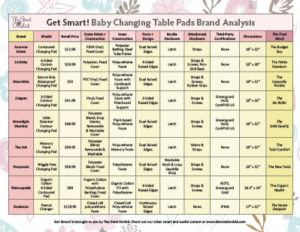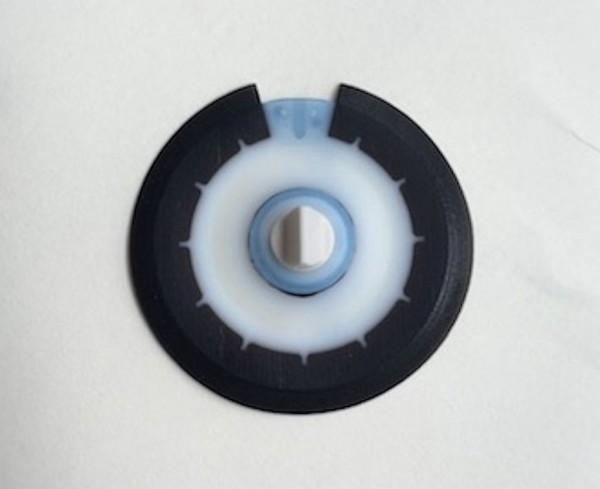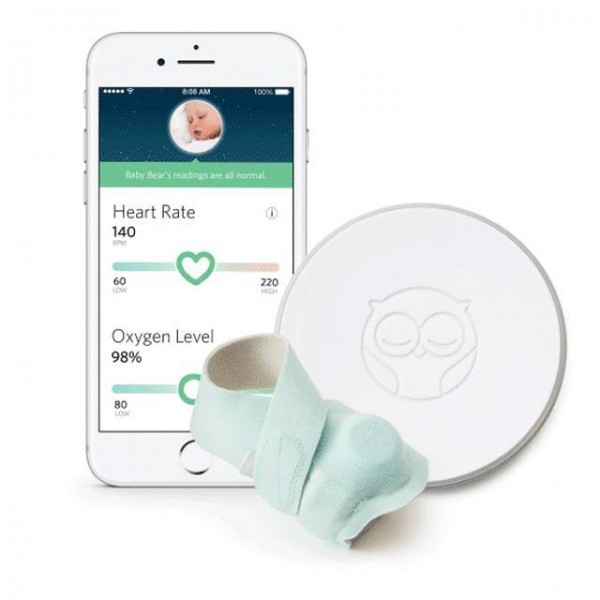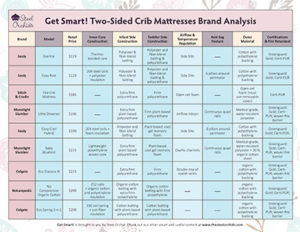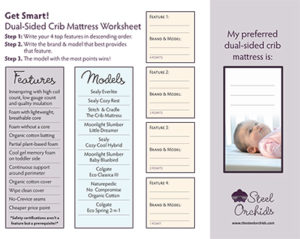How did Haley get Baby Jett to Sleep Better?
In recent months Jett started to wake up at night occasionally. He wouldn’t cry but I could hear him dropping his pacifier onto the mattress and it would make a little thud. I realized then that the mattress he was sleeping on was probably not the best option. A couple of weeks ago we got the Moonlight Slumber Baby Bluebird crib mattress and could not be happier with it. He’s been sleeping even better and goes back to sleep quickly if he even wakes up at night at all. It’s funny because after we got the new mattress he seems so excited when I put him to bed at night! It’s probably because the crib mattress is so comfortable!
He definitely runs hot as well and I’ve noticed that he’s never too warm anymore when I get him out of his crib in the morning to breastfeed him. With his old mattress sometimes he was sweating in the morning he was so hot! The Baby Bluebird crib mattress has an airflow core which allows air to flow within the mattress, along with cool gel memory foam (it’s the only Moonlight Slumber mattress that combines the two to effectively regulate a sleeping baby’s temperature, and it’s been great for Jett).
Some other benefits of this mattress are the quad rail construction making it easy to get his crib sheet on and off. You don’t even really need a crib sheet though because it comes with one that zips on and fits the mattress perfectly! The most exciting part about his new mattress is that it is dual sided. One side is for now and the other side is a little less firm for a smooth transition into his toddler bed.
Read “5 Ways We Got Baby Jett To Sleep Better” from Haley at Me & Mr. Jones

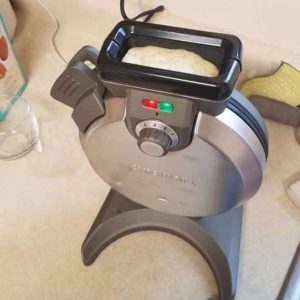
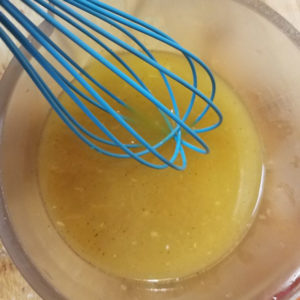
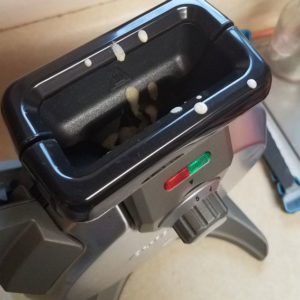
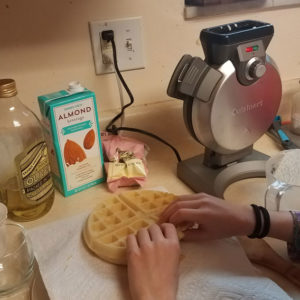 My final discovery for the morning was the actual taste and texture of the waffle. It was hard for me to believe that anything so fluffy on the inside and lightly crispy on the outside was something that I was able to cobble together with my makeshift gluten free recipe. And on the first try!
My final discovery for the morning was the actual taste and texture of the waffle. It was hard for me to believe that anything so fluffy on the inside and lightly crispy on the outside was something that I was able to cobble together with my makeshift gluten free recipe. And on the first try! 